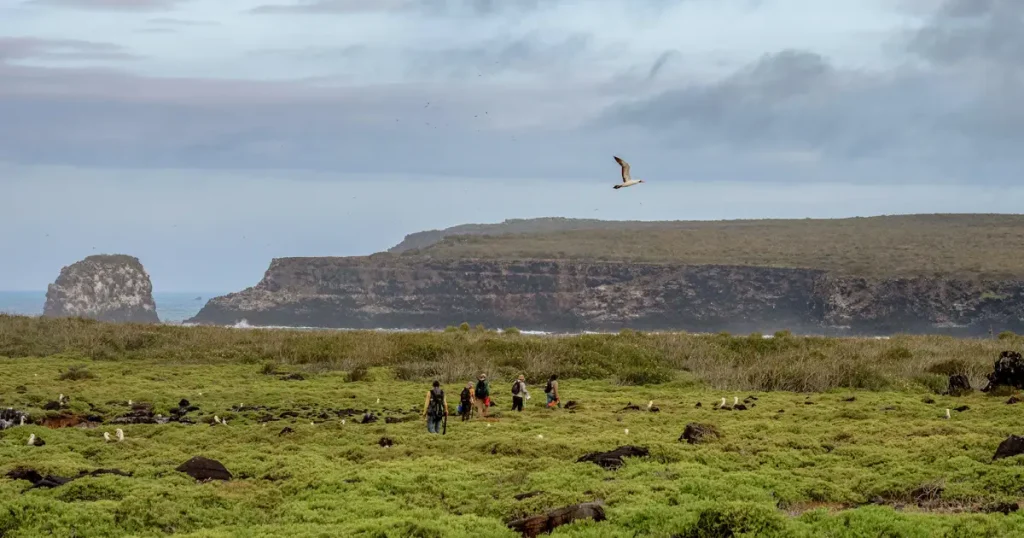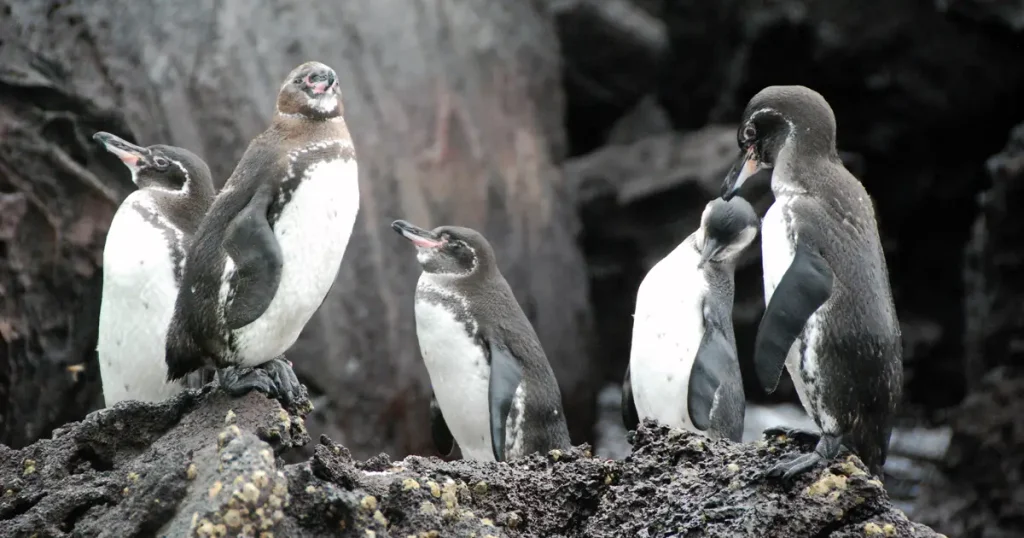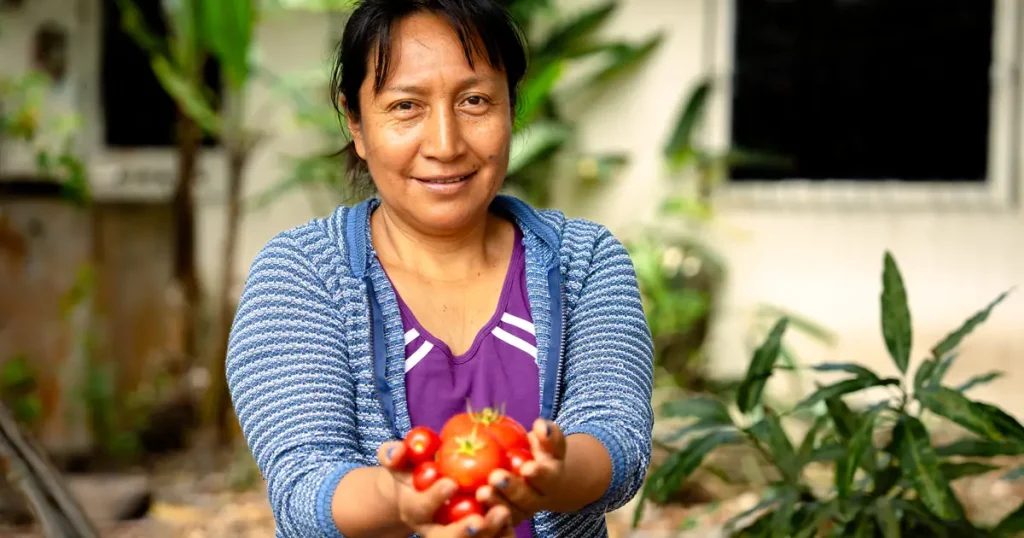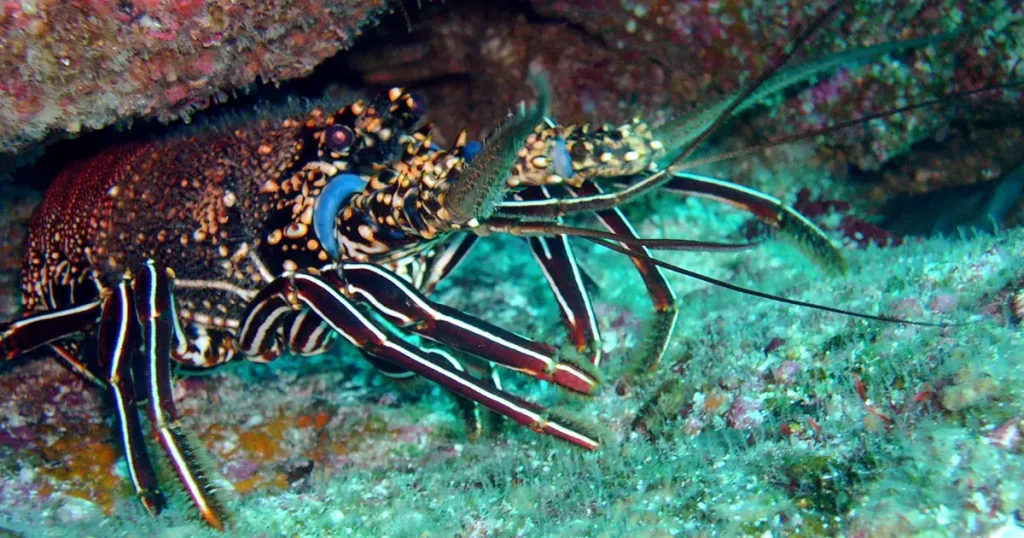Galápagos Iguanas on the Move: A Story of Rescue and Restoration
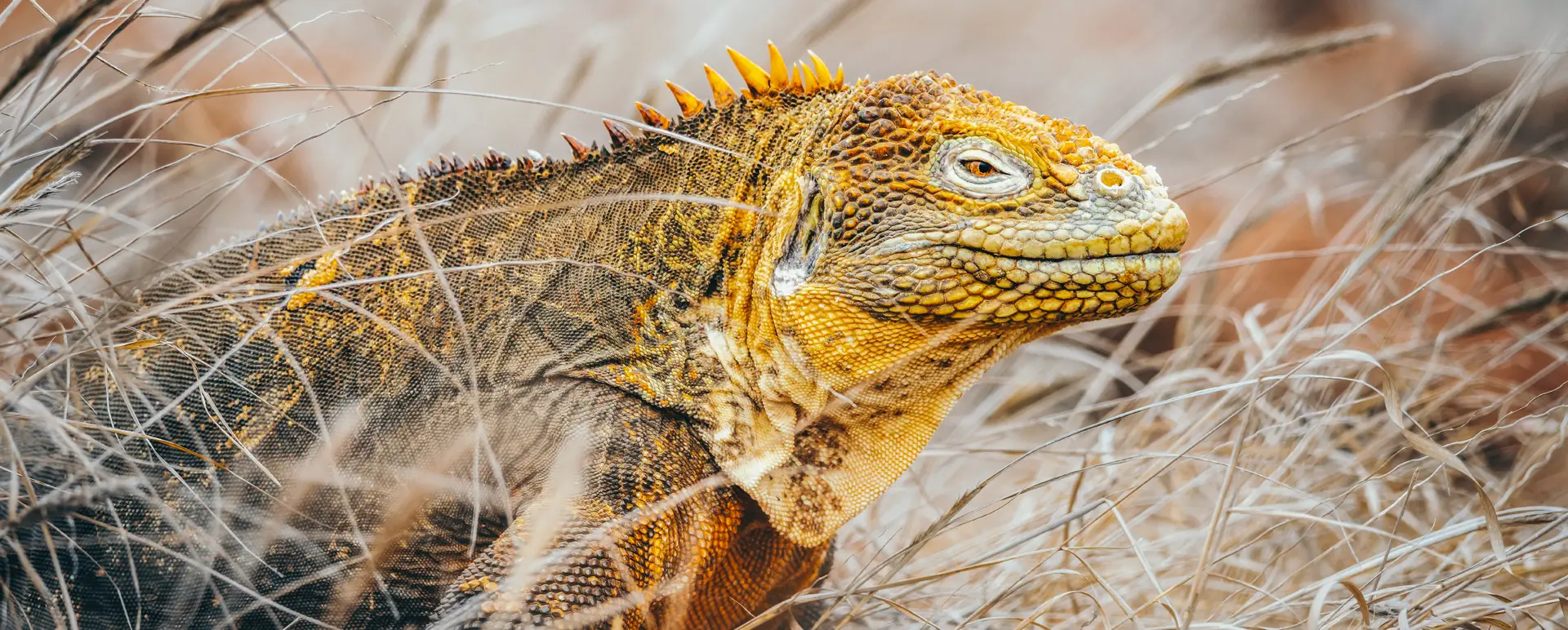
Nearly a century ago, a group of land iguanas was relocated to North Seymour Island. This improvised experiment unexpectedly became the catalyst—and opportunity—for restoring land iguanas throughout the Galápagos.
When Saving a Species Was Just an Intuition
Back in the 1930’s, when wildlife conservation was just beginning , a group of land iguanas (Conolophus subcristatus) was relocated from Baltra Island to nearby North Seymour Island in the Galápagos. There was no formal plan, no detailed studies—only an urgent concern that a growing human presence on Baltra Island might drive its land iguana population to extinction.
That premonition proved true – Baltra’s land iguanas did disappear shortly thereafter. But no one imagined that this improvised decision would one day be key not only to restoring the iguanas back to their native island, but also to reviving an ecosystem on another island that, decades later, would desperately need the return of this endemic herbivore to recover its natural ecological fabric.
Santiago, an Incomplete Island
For over 180 years, Santiago Island has remained quiet. The disappearance of its land iguanas was caused by goats introduced to the island that destroyed vegetation and pigs that dig up iguana nests. Without its former inhabitants, Santiago Island lost a key ecological engineer —and the island’s natural rhythms were thrown off-balance.
Meanwhile, on North Seymour, the small population of iguanas relocated from Baltra grew, adapted, and thrived. Over the next few decades they have formed a robust colony of more than 5,000 individuals. What began as a last-minute measure to save a species unexpectedly generated an incubator producing thousands of young iguanas for liberation throughout the archipelago, helping to ensure the future of the entire species.
A New Cycle for Two Islands
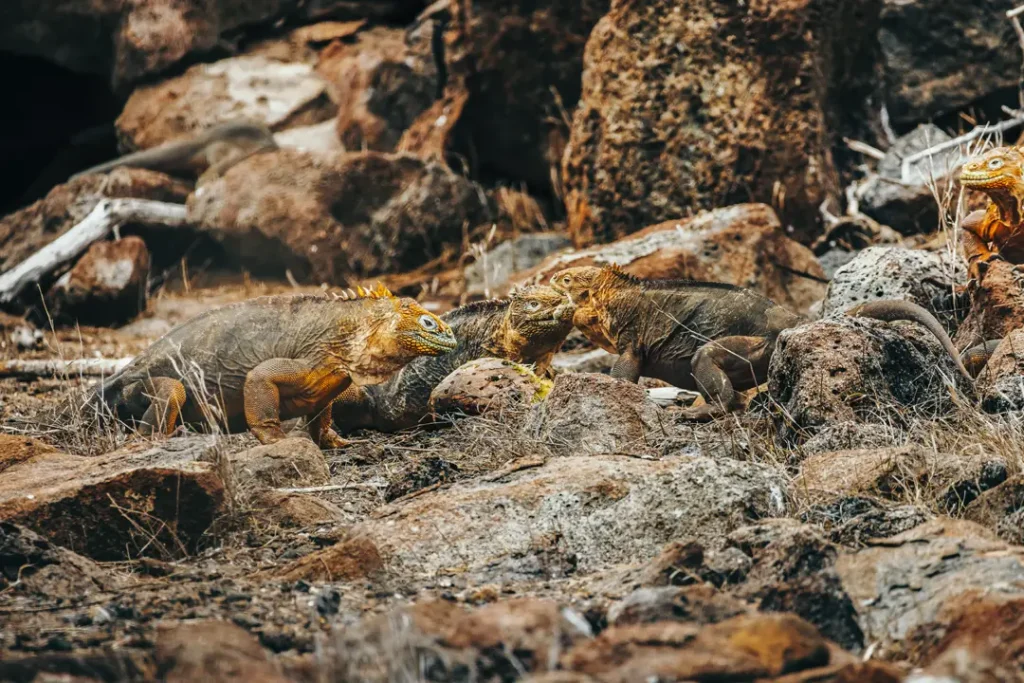
Today, nearly a hundred years later, North Seymour and Santiago are connected by a new chapter in conservation. What started as a rescue operation has become a powerful opportunity for restoration. The iguanas that flourished on North Seymour are now being released to Santiago, reactivating the island’s ecological dynamics—an island that lost this species nearly two centuries before.
Led by the Galápagos National Park Directorate and Galápagos Conservancy, a rigorous process has been put in place to capture, check on health, deworm, quarantine, and PIT tag Seymour Island’s iguanas. Only then are the iguanas ready to be sent to Santiago. A careful monitoring program of both populations assures a sustainable flow of iguanas between them.
At sites like Punta Córdova (Buccaneer Cove) on Santiago Island—where the first reintroductions took place—a new generation of iguanas is already being hatched. Restoration is no longer a distant goal; it’s happening now.
Ecological Engineers Walking Across Lava
Land iguanas play a vital role in the health of island ecosystems. They disperse seeds, loosen and nutrify the soil, and create space for other life forms to grow. Wherever they walk, cacti sprout again. Wherever they rest, seeds find the space to take root.
Each iguana is more than just an individual—it’s a change-maker, a living reminder that ecological recovery doesn’t always arrive by air or with heavy machinery, but step by step, with the patient force of nature.

A Circle Begins to Close
North Seymour Island, once a place of temporary refuge, is now a source of land iguanas for an island that went nearly 200 years without them. And Santiago, after so long, is welcoming them back.
This month, a thousand iguanas are making that journey. It’s more than a translocation—it’s the beginning of a new chapter in Galápagos restoration, where science, history, and nature move forward together with purpose.
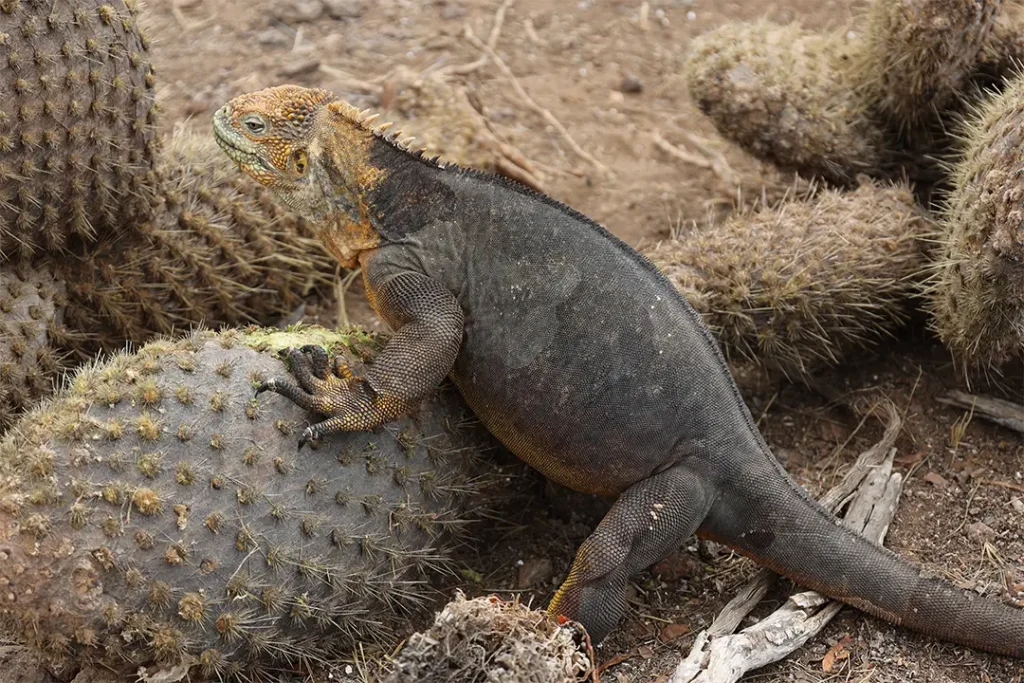
Because every step they take doesn’t just reshape the land—it rewrites a story for a species many believed was over, and one that is now moving forward once again.
Share:
